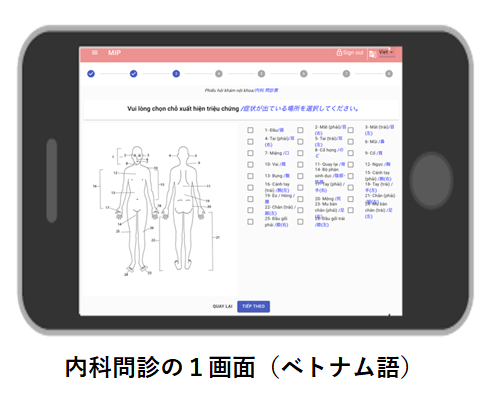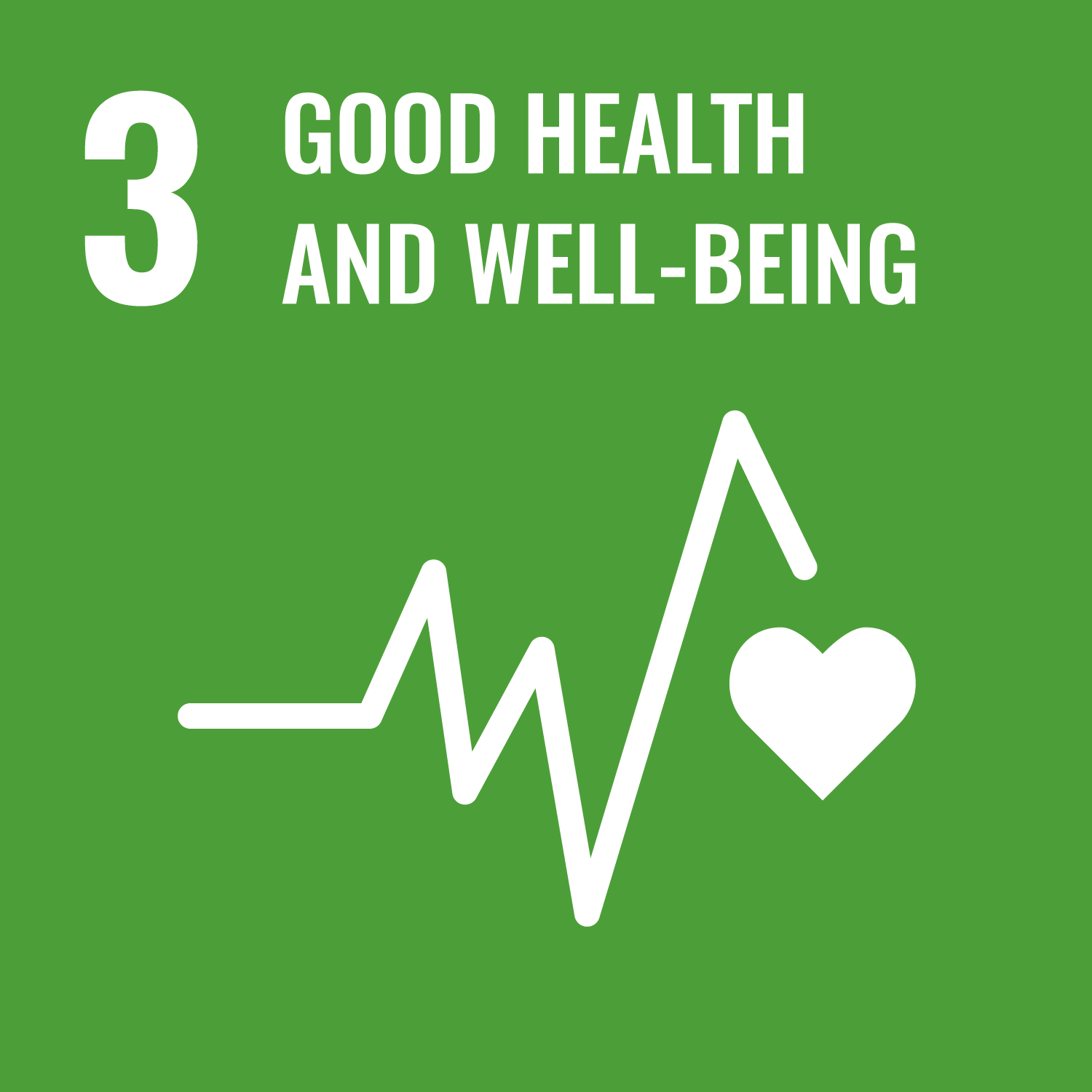Medical Inclusion Project
Takaoka Eiko, Professor
Faculty of Science and Technology, Department of Information and Communication Sciences
- Research
【Abstract】
Multilingual support in hospitals: In reality, both patients and medical institutions need interpreters, but the current situation is different and causes a lot of stress to both parties. The tool we are developing in our research is a tool to relieve such stress. Depending on the contents, it currently supports English, Chinese, Spanish, Portuguese, Vietnamese, Nepali, Thai, Tagalog, and Indonesian.

If a patient is suspected of having Covit-19 or any other infectious disease, it would be helpful if the patient’s smartphone or other device could be used to conduct a medical interview and send the results via email instead of paper to prevent transmission to others.
The same is true for medical questionnaires for each department. It can also be easily used when a doctor wants to interview a patient directly in the examination room of a clinic.
It is based on the multilingual explanatory materials for foreigners provided free by the Ministry of Health, Labor and Welfare, so you can rest assured.
Think about what happens when you don’t understand the language when you have a test at the hospital. They will explain to you in your native language about the machine you will see for the first time and what you will be doing. Also, if you are in a machine such as a CT or MRI, the device cannot be held by the patient, and if the technician is giving instructions from outside the room, it would take a long time to carry the device back and forth each time, so audio output is also available. You can have your exam in a foreign country with ease.
Whenever you undergo a blood transfusion or surgery at a hospital, you need to sign a consent form. It can be difficult to read the intentions of a consent form written in a foreign language. This is especially true when you are not feeling well. With this tool, you can read the consent form in your native language, so you can sign it with peace of mind. You can even say no. You can also read the instructions in your native language.

【Future prospects】
The key factor is how to communicate the existence of such information to the people (facilities) who need it. We will continue to explore this issue. We hope that we can contribute in some small way to prevent people with foreign roots from being unable to receive the medical care they deserve due to the language barrier.
https://www.medical-inclusion.academy/


